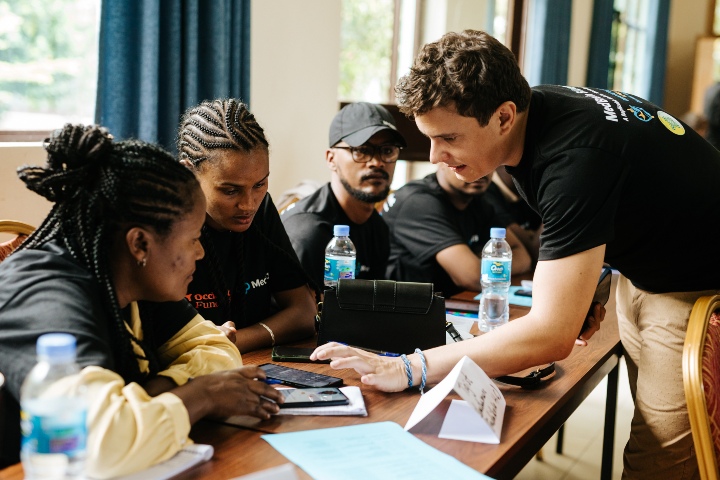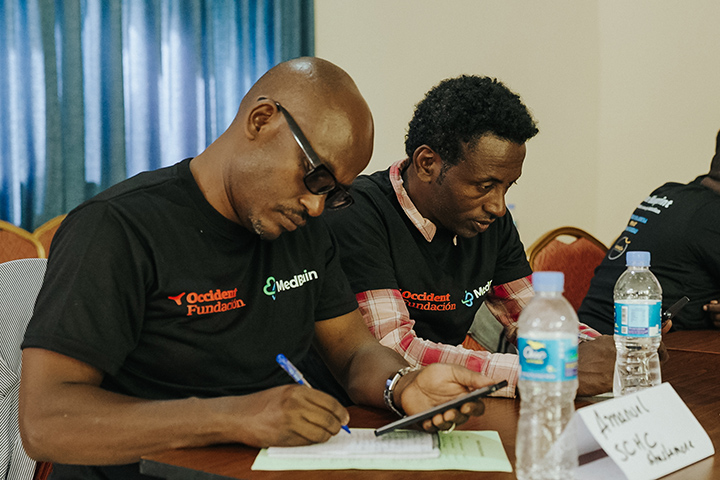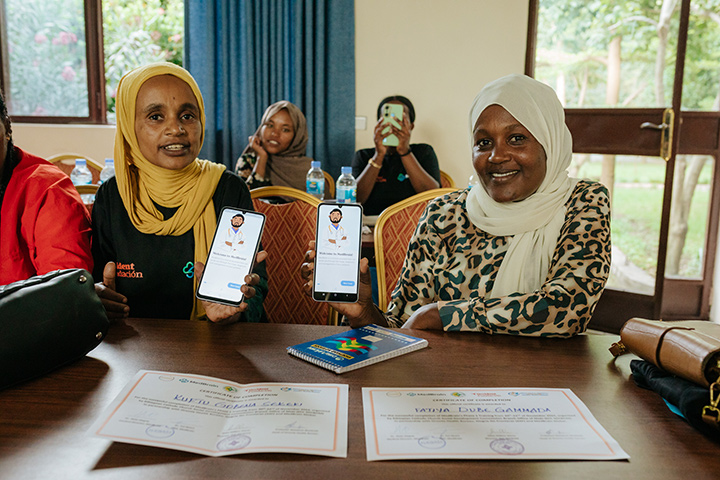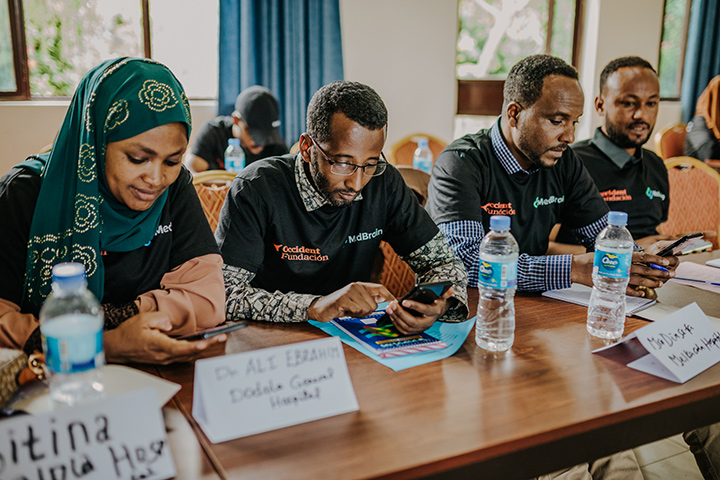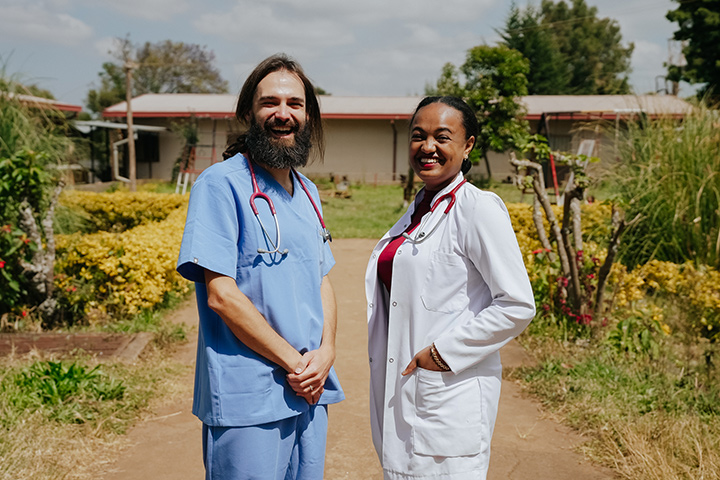
MedBrain offers paediatricdiagnosis in areas without a specialist
MedBrain universalises access to quality paediatric diagnosis and treatment where there are no paediatricians
According to the WHO, half of the world's population lacks access to a reliable medical diagnosis. This is mainly due to a severe shortage of medical specialists and access to gold standard diagnostic tests.
MedBrain for access to paediatric treatment and diagnosis
MedBrain is helping to alleviate this scarcity, based on the artificial intelligence developed so that healthcare workers in rural areas of Ethiopia, without access to a paediatrician, can offer quality paediatric treatment and diagnosis. This app contains images and information on the 128 most prevalent and fatal childhood illnesses. The main goal is to reduce infant mortality.
This is a model designed by doctors Iñaki Alegría and Pol Ricart, whose implementation is being carried out in the Oromia region where there is a commitment agreement with the local government, but with possibilities of expansion in other regions and other countries. It is a scalable model at a global level.
MedBrain guides through triage, diagnosis and an action plan with 92% diagnostic accuracy. This tool is currently present in 50 primary care centres in Ethiopia.
The aim is to reach all health centres respectfully, under the leadership of the local community. Continuous monitoring, supervision and assessment are carried out to ensure the success of all actions. Each local partner is a leader, a benchmark and a professional in an area.
MedBrain is focused on developing 100% in-house technology of Artificial Intelligence mathematical models to generate a Clinical Diagnostics System with a precision that is higher than the existing initiatives. It is a system that supports decision-making that guides and advises healthcare professionals during the paediatric diagnosis process. The main goal of this project is to achieve reliable diagnostic prediction, using only the patient's clinical data (symptoms, signs and risk factors).
To date, we have developed a first version of our mathematical model based on two algorithms, which has enabled us to create our own medical database and empirically demonstrate greater diagnostic accuracy than any other solution existing to date. A more accurate and efficient diagnostic system has been created, substantially improving medical care through a great improvement in medical precision and decision-making capacity.
